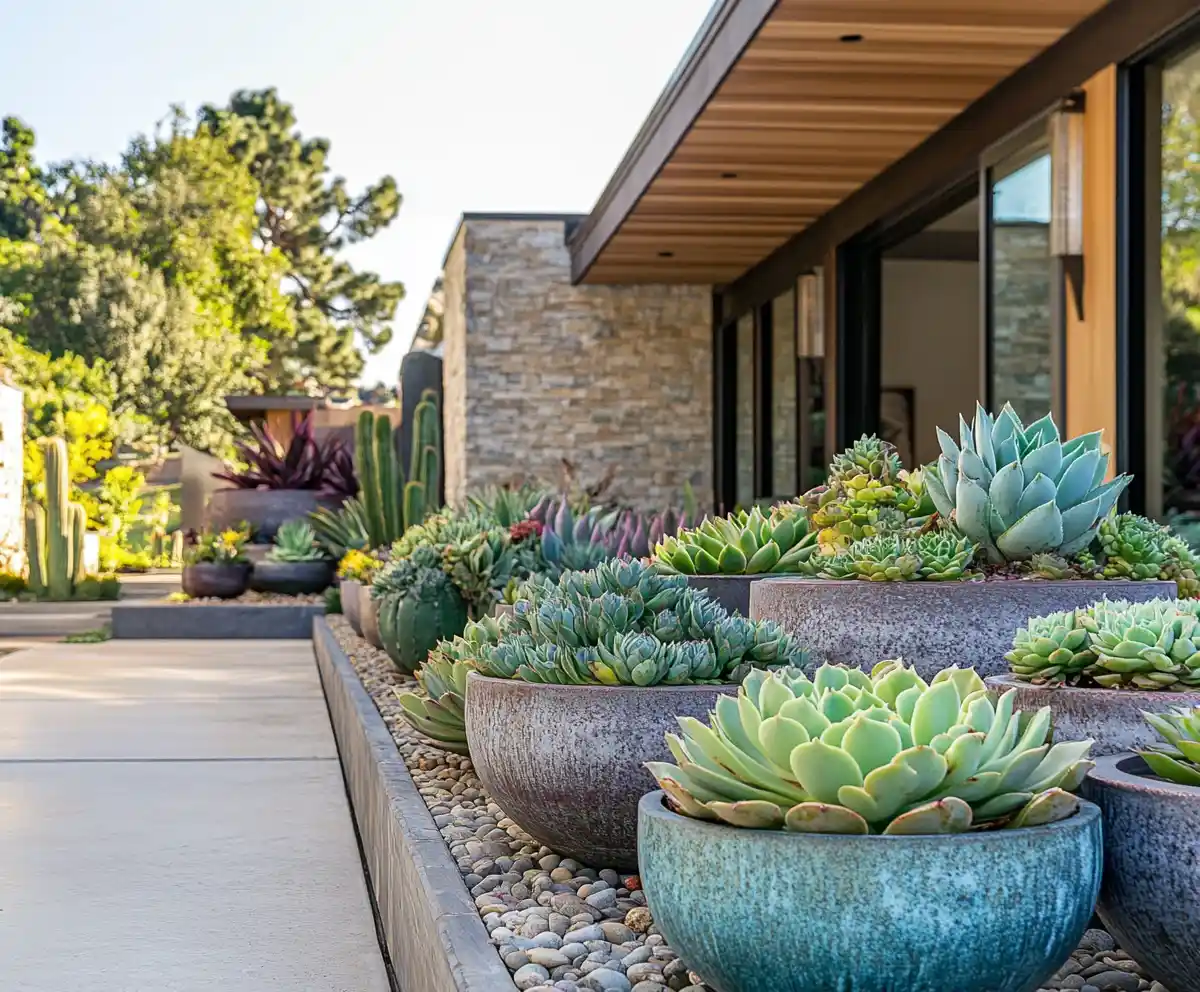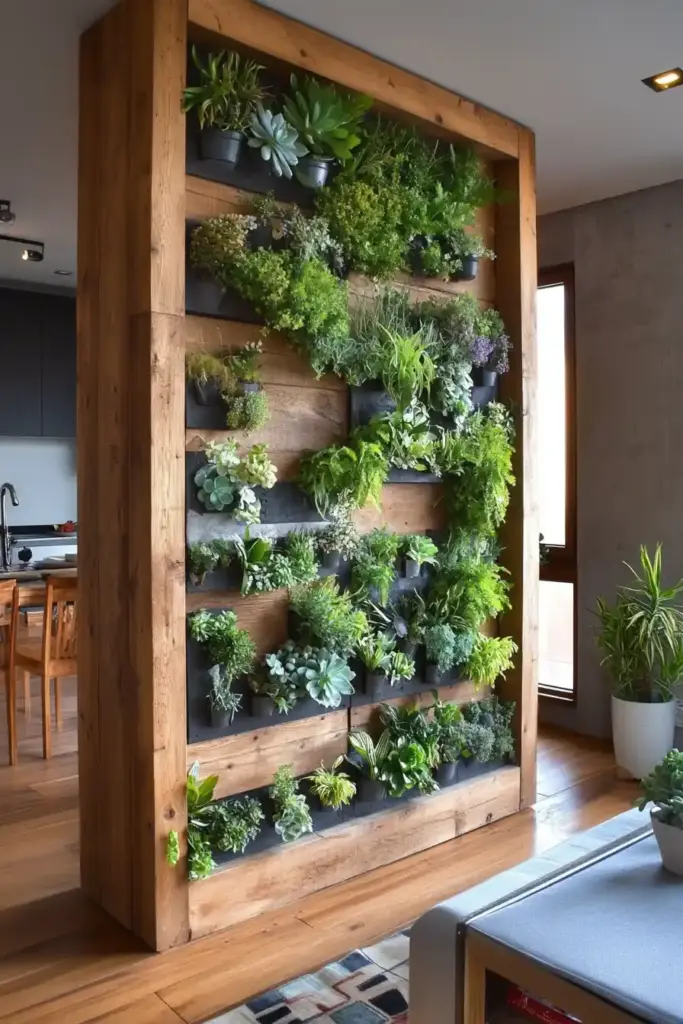Did you know that spending time in a beautiful garden can boost your happiness by as much as 30%? It’s true! There’s something deeply refreshing about surrounding yourself with colorful blooms and lush greenery—it’s like pressing a reset button for your mind and spirit.
Whether you’re a seasoned gardener or just getting your hands dirty for the first time, you’re in the right place. Today, I’m sharing 10 creative flower garden ideas that are simple, stunning, and easy to make your own. These ideas are packed with inspiration to help you craft a garden space that feels like a personal paradise—no green thumb required!
Ready to dig in? Let’s get started with the first idea: vertical gardens that will have you thinking upward instead of outward.
🌿 1. Vertical Gardens: Maximize Small Spaces
What Is a Vertical Garden and Why It’s Perfect for Small Spaces
If you think gardens need a lot of ground space, think again! Vertical gardens let you grow up, not out, making them a brilliant choice for small patios, balconies, or even indoor spaces. Imagine a lush, living wall bursting with flowers—like a piece of art that changes with the seasons.
By using walls, trellises, or hanging structures, vertical gardens maximize every inch of your available space. Plus, they add a unique visual element to your garden design that’s both beautiful and practical. Whether you’re short on square footage or simply want to try something creative, this is one flower garden idea that’s worth exploring!
Best Flowers for Vertical Planting
Not all flowers love growing upright, but some absolutely thrive in vertical setups. Here are a few top picks:
- Petunias: Colorful and low-maintenance, perfect for vibrant vertical displays.
- Ivy Geraniums: These charming spillers create a beautiful cascading effect.
- Pansies: Hardy and colorful, great for cooler climates.
- Trailing Lobelia: Fills gaps and adds a delicate texture to your garden wall.
Pro tip: Choose plants with shallow roots and similar light needs to keep your vertical garden lush and happy.
DIY Tips for Creating a Vertical Garden Using Pallets or Wall Planters
Building your own vertical garden is easier than you might think! Here’s a simple plan to get you started:
- Find a sturdy wooden pallet or modular wall planter.
- Line the inside with landscape fabric to hold soil securely.
- Fill each section with a lightweight, nutrient-rich potting mix.
- Plant flowers closely to ensure full coverage as they grow.
If you’re using a pallet, prop it up against a wall until the plants are well-established—this helps avoid any accidental tipping during windy days.
Maintenance Tips for Thriving Vertical Gardens
Vertical gardens need a little extra TLC to stay looking their best:
- Water mindfully: Top sections dry out faster, so water evenly from top to bottom.
- Fertilize regularly: Closely packed plants use nutrients quickly.
- Check drainage: Make sure each planter or pocket has proper drainage to avoid root rot.
Adding a drip irrigation system can save you time and ensure consistent watering—especially during the hot summer months!
🌸 2. Monochromatic Flower Beds: One Color, Big Impact
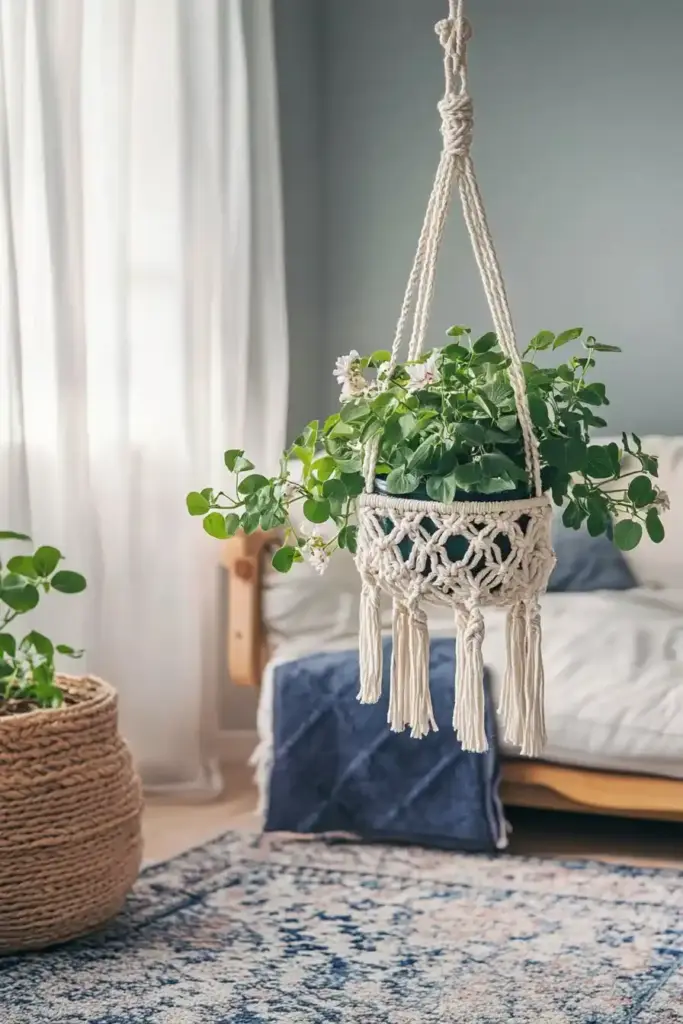
How to Design a Stunning Monochromatic Flower Garden
Sometimes, less really is more. Designing a monochromatic flower bed—where all the flowers share the same color family—can create a stunning, cohesive look that feels both elegant and effortless. Instead of a chaotic mix of hues, you get smooth, flowing color that draws the eye and soothes the soul.
Start by choosing a color you love. Whether it’s calming blues, passionate reds, or cheerful yellows, stick to that palette. Then, vary the shades—from deep, dramatic tones to soft pastels—to add richness and depth. It’s a simple creative flower garden idea that can completely transform your space.
Before planting, lay out your flowers on the ground and step back to view the flow. Like painting a canvas, it’s easier to spot gaps and adjust your design before digging in.
Best Flower Combinations for a Single-Color Garden
Here are a few winning combinations to inspire you:
- Purple Theme: Lavender, purple coneflowers (echinacea), lilacs, and salvia.
- Pink Theme: Peonies, roses, dianthus, and pink cosmos.
- Yellow Theme: Marigolds, black-eyed Susans, and coreopsis.
Mixing early bloomers with late bloomers ensures your color scheme stays vibrant across seasons.
Adding Texture and Height for a Dynamic Look
Without different heights and textures, even the prettiest single-color garden can fall flat. To keep things interesting:
- Layer tall plants like delphiniums or hollyhocks at the back.
- Place medium-height perennials in the middle.
- Fill the front with low-growing groundcovers like creeping phlox or lamb’s ear.
Mix leaf shapes too—pair feathery grasses with broad hostas to add visual intrigue.
Why Simplicity Works Wonders
Sticking to one color not only makes your garden look polished, but it also makes planning and maintenance much easier. You won’t have to worry about clashing colors or mismatched blooms—everything naturally flows together. Plus, a monochromatic garden often feels more relaxing, making it the perfect retreat after a busy day.
🌼 3. Wildflower Gardens: Embrace Natural Beauty
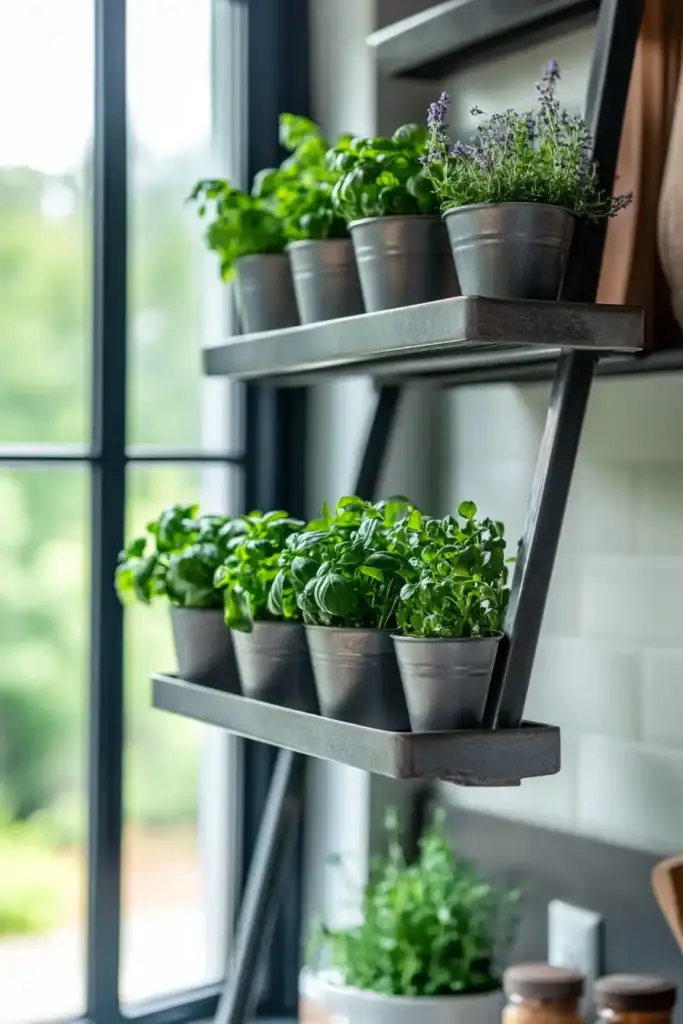
Why Wildflowers Are the Ultimate Low-Maintenance Choice
If you’ve ever dreamed of a colorful, carefree garden that practically takes care of itself, a wildflower garden is your answer. Wildflowers are nature’s tough guys—they thrive in poor soil, require minimal watering, and attract a parade of bees, butterflies, and birds to your yard.
What makes wildflowers such a creative flower garden idea is how effortlessly they turn any patch of land into a living tapestry. Forget endless weeding and fertilizing. Wildflowers love a bit of neglect and reward you with a riot of blooms season after season.
Plus, there’s something deeply satisfying about letting nature lead the way—you’ll get a little chaos, a lot of color, and endless charm.
Step-by-Step Guide to Seeding a Wildflower Patch
Starting a wildflower garden is easier than you might think. Here’s a simple process:
- Pick the Perfect Spot: Choose an area that gets at least 6 hours of sunlight daily.
- Clear the Ground: Remove grass, weeds, and debris to give seeds a clean slate.
- Prepare the Soil: Lightly rake the soil. No heavy digging needed—wildflowers prefer a lightly disturbed surface.
- Mix and Sow: Combine your wildflower seeds with sand for better distribution, then scatter evenly.
- Water Lightly: Mist the soil gently to help the seeds settle without washing them away.
🌱 Pro tip: Plant in early spring or fall to give seeds the best shot at thriving.
Best Wildflower Mixes for Different Regions
Choosing the right mix for your climate ensures success. Some favorites include:
- Northeast U.S.: Black-eyed Susans, lupines, coneflowers
- Southwest U.S.: California poppies, desert marigolds, bluebonnets
- Pacific Northwest: Columbines, foxgloves, camas lilies
Always check the seed packet or supplier notes to match your selection to your zone.
How to Keep the Balance Without Over-Managing
Wildflower gardens are meant to feel natural—but a little maintenance goes a long way:
- Deadhead spent blooms to encourage more flowers.
- Mow or trim the garden once a year to about 6 inches high to help seeds self-sow.
- Resist the urge to over-weed or over-prune—embracing a bit of wildness is part of the charm!
Your wildflower patch will evolve over time, becoming more beautiful (and wildlife-friendly) with each passing year.
🏡 4. Fairy Tale Cottage Gardens: Overflowing Charm
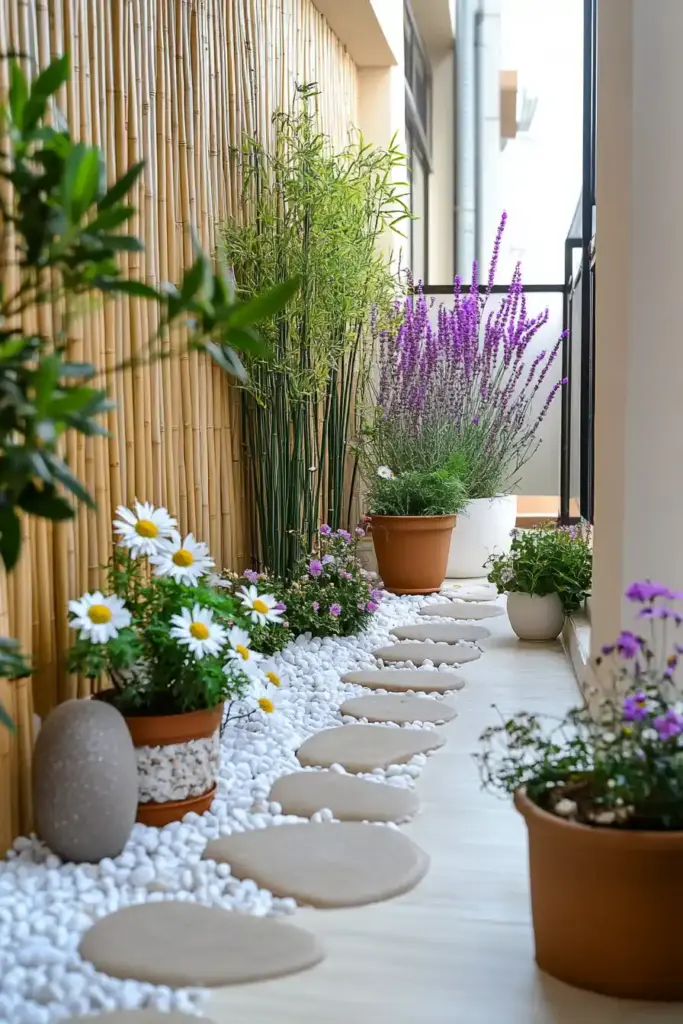
What Makes a Cottage Garden So Special?
Step into a cottage garden and you’ll feel like you’ve walked straight into a storybook. Overflowing with color, buzzing with bees, and full of rustic charm, cottage gardens are all about embracing abundance over order. Unlike formal gardens with rigid lines and symmetry, cottage gardens celebrate a joyful, slightly wild spirit.
What makes this style such a perfect creative flower garden idea is its welcoming, relaxed vibe. You don’t need to stress about perfection—in fact, the more natural and spontaneous it looks, the better. Think of it as organized chaos, where every corner invites you to linger just a little longer.
Must-Have Flowers for a Cottage Garden
To create that dreamy, layered effect, these blooms are essential:
- Climbing Roses: Perfect for draping over fences, arches, or trellises.
- Shasta Daisies: Cheerful and classic, adding pops of white and yellow.
- Foxgloves: Tall spires that add drama and attract pollinators.
- Lavender: Adds fragrance, soft color, and silvery foliage.
- Hollyhocks: Towering blooms that bring a nostalgic, old-world feel.
🌸 Pro tip: Mix self-seeding flowers into your beds so they naturally spread over time, adding to the lush, spontaneous look.
Adding Rustic Elements for Extra Whimsy
Beyond the plants, adding rustic, charming details makes your cottage garden even more magical:
- Install a trellis or arbor for climbing flowers.
- Place quirky birdhouses or vintage watering cans among your blooms.
- Create a meandering stone pathway to invite exploration.
One easy DIY idea: repurpose an old wooden ladder as a vertical flower stand—it’s practical and seriously charming!
Mixing Edibles with Ornamentals
Another secret to a true cottage garden? Mixing beauty with practicality. Tuck in edible plants like:
- Herbs: Rosemary, thyme, and chives blend beautifully with flowers.
- Vegetables: Cherry tomatoes or peppers add pops of color and are easy to harvest.
- Berry Bushes: Strawberries or blueberries bring both visual appeal and sweet treats.
Blending edible and ornamental plants not only looks stunning but also makes your garden extra rewarding.
🐝 5. Pollinator-Friendly Gardens: A Biodiversity Boost
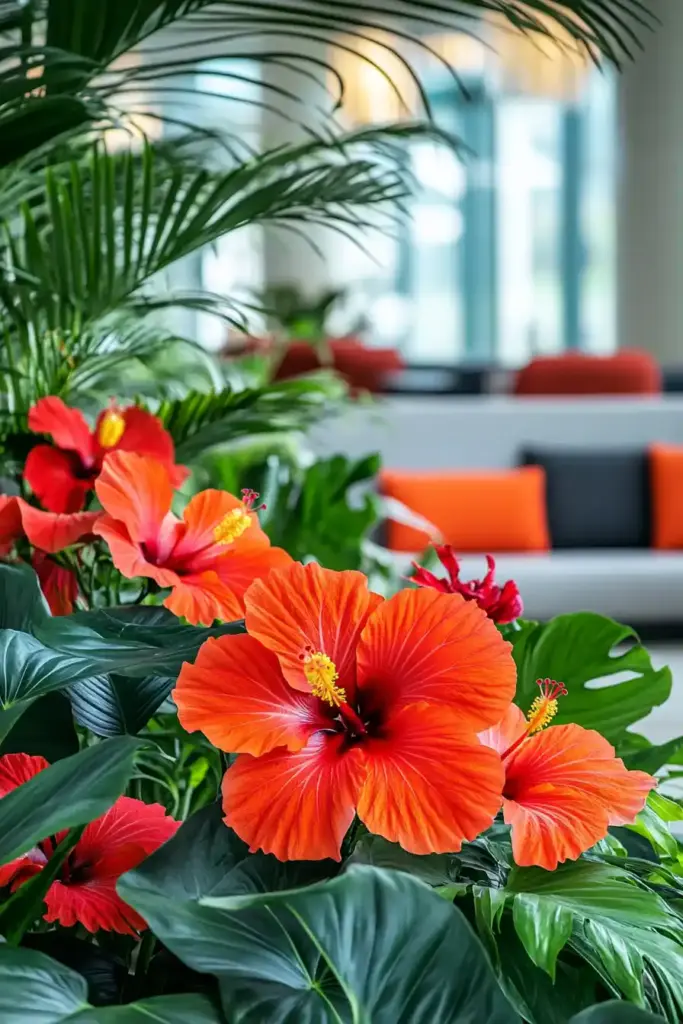
Why Pollinator Gardens Matter More Than Ever
Pollinators like bees, butterflies, and hummingbirds are critical to the health of our ecosystems—and our food supply! Without these tiny workers, many plants simply wouldn’t reproduce. Creating a pollinator-friendly flower garden isn’t just a thoughtful gesture; it’s an essential step toward preserving biodiversity.
The best part? These gardens are bursting with color, movement, and life. Watching bees buzz from bloom to bloom or a butterfly fluttering through your flowers adds so much magic to your outdoor space. Plus, pollinator gardens often produce stronger, more resilient plants thanks to nature’s helping hand.
Incorporating this focus into your creative flower garden ideas brings beauty with a powerful purpose.
Top Flowers to Attract Bees, Butterflies, and Birds
When it comes to supporting pollinators, flower choice matters. Here are some of the best bloomers to include:
- Sunflowers: Their large heads are irresistible to bees and birds alike.
- Milkweed: Vital for monarch butterflies’ life cycle.
- Echinacea (Coneflowers): Tough, beautiful, and beloved by bees and butterflies.
- Lavender: A fragrant favorite that draws pollinators by the dozens.
- Bee Balm (Monarda): Vibrant and showy, it lives up to its name!
🌼 Tip: Native plants tend to attract native pollinators best, so pick local varieties whenever possible.
Creating Water Sources and Shelters
Pollinators need more than flowers—they also need places to rest, nest, and hydrate. Add these simple features to make your garden a true haven:
- Shallow Water Dishes: Fill them with pebbles and water so insects can land safely.
- Bee Hotels: Small wooden shelters with hollow tubes help solitary bees find a home.
- Brush Piles: Leave small piles of sticks and logs to offer shelter for beneficial insects.
These little touches go a long way toward supporting pollinators all year round.
Seasonal Planning for Continuous Blooms
To truly support pollinators, aim to have flowers blooming from early spring through late fall. Here’s a seasonal cheat sheet:
- Spring: Crocuses, daffodils, early-blooming shrubs like lilacs
- Summer: Lavender, milkweed, sunflowers
- Fall: Asters, goldenrod, sedum
By offering a consistent food source, you’ll keep your garden buzzing and fluttering with activity no matter the season.
🪴 6. Container Gardens: Beauty in Any Space
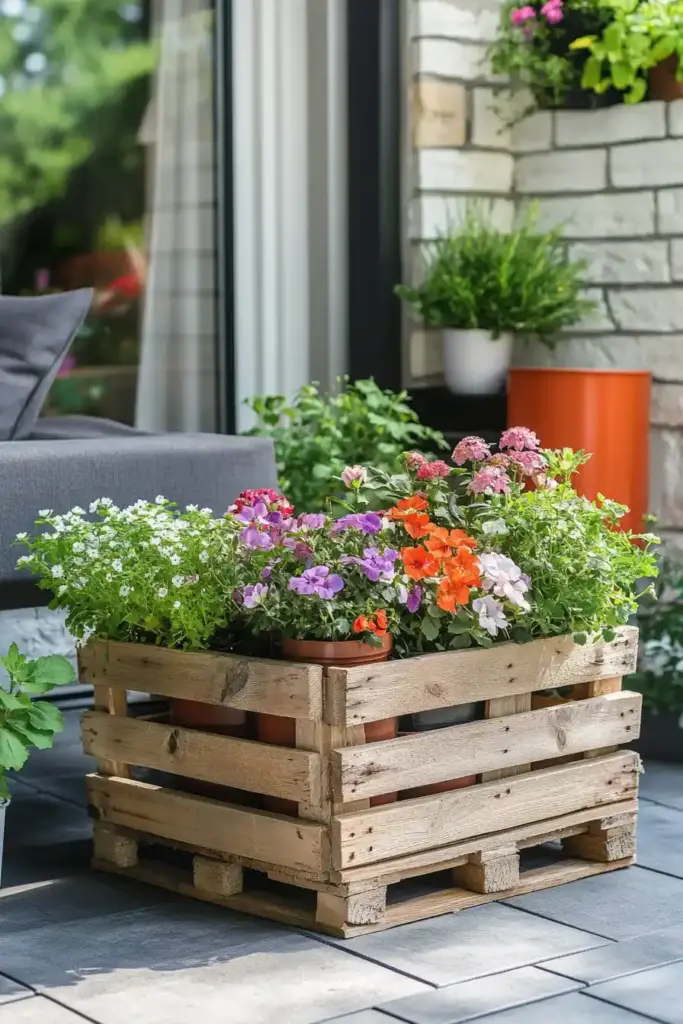
Why Container Gardening Is a Game-Changer
Think you need a huge backyard to enjoy a garden? Think again! Container gardening proves you can grow lush, colorful displays even on a tiny patio, balcony, or doorstep. With the right setup, you can transform even the smallest space into a blooming paradise.
One of the biggest advantages of container gardening is flexibility. You can move plants around to catch the best light, create new layouts whenever you feel inspired, and even bring tender plants indoors during cold weather. Plus, with so many pot styles and flower combinations to choose from, container gardens are a perfect canvas for your creative flower garden ideas.
Best Containers and Materials for Style and Durability
Choosing the right container isn’t just about looks—it’s about keeping your plants happy, too. Here are some popular options:
- Terracotta Pots: Classic, breathable, but may dry out quickly.
- Ceramic Planters: Beautiful and colorful, though heavier and prone to cracking in freezes.
- Metal Containers: Sleek and modern but can heat up fast in the sun.
- Wooden Boxes: Natural insulation and a rustic vibe, ideal for herbs and flowers alike.
🌱 Pro tip: Always check for drainage holes! Without them, roots can become waterlogged and unhealthy.
Flowers That Thrive in Pots
Some flowers adapt better to container life than others. Here are easy winners:
- Marigolds: Bright, hardy, and pest-resistant.
- Pansies: Perfect for cooler seasons with cheerful colors.
- Snapdragons: Tall and stately, perfect for adding height.
- Petunias: Trailing varieties are excellent for hanging baskets and spilling over the sides.
Mix upright plants with trailing ones to create lush, cascading effects that make your containers pop.
Mixing Flowers with Herbs and Vegetables
Why not make your container garden both beautiful and practical? Mixing edible plants with flowers is a fantastic way to maximize your space:
- Pair marigolds with basil for a fragrant, colorful combo.
- Mix pansies with lettuce for an edible flower and salad garden.
- Plant rosemary alongside snapdragons for texture and usefulness.
Not only do these combinations look gorgeous, but they also invite pollinators and make harvesting herbs a breeze.
🌙 7. Moonlight Gardens: Nighttime Magic in Full Bloom
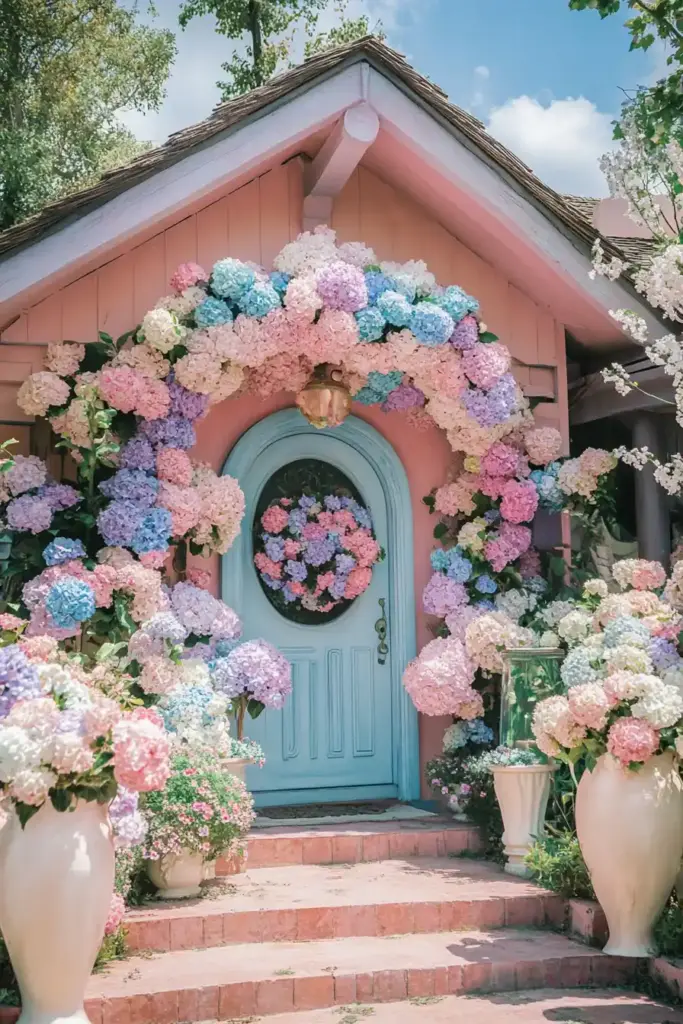
Why Plant a Garden That Comes Alive at Night?
Most gardens are designed to shine during the day—but what about after the sun goes down? A moonlight garden focuses on plants that glow in low light, creating a serene, magical atmosphere perfect for relaxing evenings.
With the right flowers, foliage, and lighting, your outdoor space can transform into a peaceful nighttime retreat. It’s a beautiful, often overlooked creative flower garden idea that adds a whole new dimension to your landscape.
Imagine sipping tea on your patio while glowing white blooms sway under the stars—it’s pure enchantment.
Flowers That Bloom at Night or Reflect Moonlight
Here are a few stunning choices for a garden that shines after dark:
- Moonflowers: These giant, fragrant blooms open at dusk and close by morning.
- Evening Primrose: Bright yellow or white flowers that attract nighttime pollinators.
- Night Phlox (“Midnight Candy”): Star-shaped, sweet-smelling flowers perfect for evening strolls.
- Angel’s Trumpet: Dramatic and highly fragrant blooms that glow beautifully under soft lights.
🌸 Tip: Plant these near pathways, patios, or windows so you can enjoy their beauty during evening hours.
Using White and Silver Foliage for Extra Glow
Plants with pale or silver foliage catch and reflect even the faintest light, enhancing your moonlight garden’s glow. Some great choices include:
- Dusty Miller: Silvery-gray leaves that shimmer in the dark.
- Lamb’s Ear: Soft, fuzzy leaves that glow softly at night.
- Variegated Hostas: Their white-edged leaves add contrast and drama under moonlight.
Combining these with night-blooming flowers creates a layered, luminous effect that’s simply breathtaking.
Lighting Tricks to Set the Mood
Lighting is key to making your nighttime garden feel cozy and magical. Here’s how to do it right:
- Solar-Powered Path Lights: Eco-friendly and easy to install.
- Hanging Lanterns: Add charm and soft lighting to trees or pergolas.
- Mason Jar Candles: A DIY favorite for rustic, intimate vibes.
Position your lights to highlight your brightest plants and create gentle glows, not harsh spots.
Creating a Full Sensory Experience
A moonlight garden should delight more than just your eyes. Include fragrant plants like jasmine and honeysuckle to add sweet scents to the evening air. If space allows, add a small fountain or birdbath—the gentle trickle of water adds a soothing soundscape to your nighttime oasis.
Trust me: once you experience your own moonlit retreat, you’ll find yourself spending a lot more time outdoors after sunset!
📐 8. Geometric Gardens: Where Modern Meets Nature
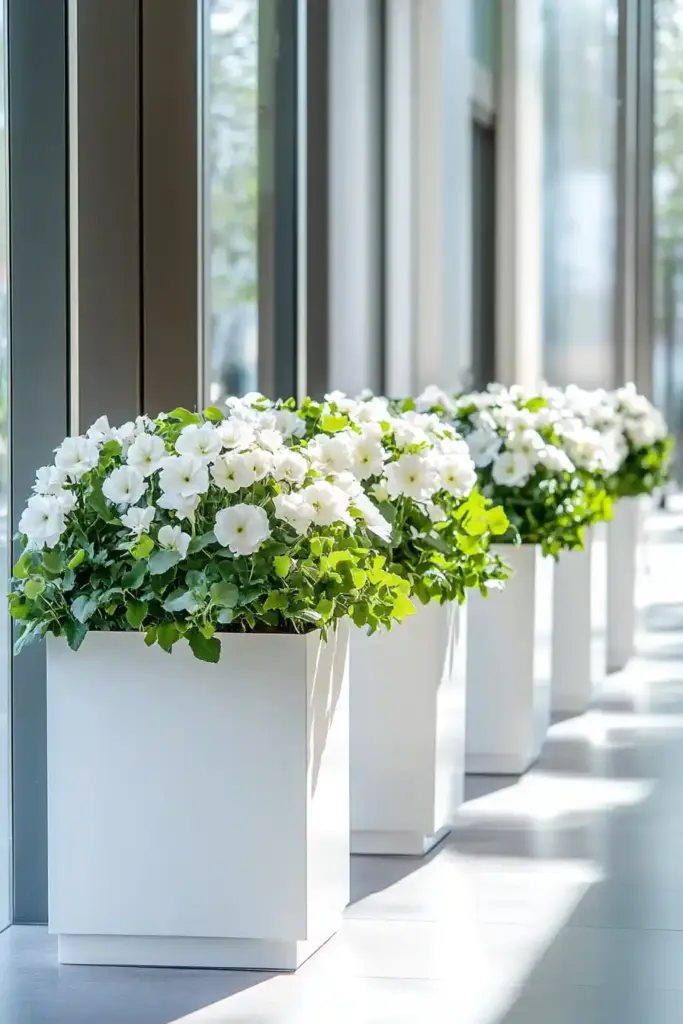
How Geometric Designs Bring Structure and Beauty
If you love clean lines, symmetry, and a modern aesthetic, geometric garden design might be your perfect match.
By using simple shapes—like circles, squares, and spirals—you can create a garden that feels both artistic and calming.
Adding structure through geometry not only makes your space look more polished but also helps organize plants logically. It’s a brilliant creative flower garden idea for anyone who wants a backyard that’s as stylish as it is lush.
Plus, geometric gardens make even small spaces feel intentional and thoughtfully designed.
Using Raised Beds, Hedges, and Hardscaping to Shape Your Space
There are endless ways to bring geometric magic into your garden. Some favorites include:
- Raised Beds: Create square or circular planting areas to organize flowers, herbs, or vegetables.
- Boxwood Hedges: Trimmed into squares, diamonds, or spirals for formal elegance.
- Gravel or Stone Pathways: Lay them out in grids, zigzags, or sweeping curves to define movement through your space.
🌿 Pro tip: Start by sketching your layout on paper or using garden design apps to ensure perfect proportions.
Even a few simple shapes can instantly make your garden feel more organized and eye-catching.
Choosing Bold Colors and Textures for a Modern Look
To complement clean lines, go bold with your plant choices:
- Red Salvias or Bright Yellow Marigolds: Plant them in tight, orderly blocks of color.
- Purple Fountain Grass: Adds striking texture and movement.
- Monochromatic Themes: Stick to one or two strong colors within each section for maximum impact.
I learned firsthand that too many colors can make a geometric design feel chaotic instead of clean. Keeping a tight color palette really makes those structured lines pop!
Handy Tools and Apps for Planning Your Layout
Don’t worry if you’re not a design pro—there are plenty of tools to help you visualize your dream garden:
- iScape App: Drag and drop plants, shapes, and pathways onto photos of your actual yard.
- SketchUp: A bit more advanced but perfect for 3D planning.
- Graph Paper: Old-school but effective—perfect for drawing to scale.
Mapping it out before you start digging saves you time, effort, and second-guessing later.
🌴 9. Tropical Oasis Gardens: Bring Vacation Vibes Home

Why a Tropical Garden Is the Ultimate Escape
Imagine stepping into your backyard and feeling instantly transported to a lush island paradise.
That’s the magic of a tropical garden! With bold greenery, vivid blooms, and a touch of drama, a tropical oasis turns any outdoor space into a private getaway.
Best of all, you don’t need to live in a hot climate year-round to enjoy this creative flower garden idea. With a few tricks, you can create a tropical vibe almost anywhere.
Let’s dive into how you can make your home feel like a permanent vacation spot!
Must-Have Tropical Flowers and Greenery
The heart of any tropical garden lies in its bold, oversized plants and colorful blooms. Some must-haves include:
- Hibiscus: Enormous, vibrant flowers in shades of red, orange, pink, and yellow.
- Bird of Paradise: Exotic, architectural blooms that look straight out of a jungle dream.
- Cannas: Towering plants with fiery blossoms and dramatic leaves.
- Banana Plants: Even if they don’t bear fruit, their huge leaves scream “tropical!”
🌴 Tip: Group plants in layers—tall in the back, medium-height in the middle, and smaller ones upfront—to recreate the dense, layered look of a true jungle.
Growing Tropical Plants in Cooler Climates
Don’t worry if you don’t live in a tropical zone—you can still pull this off with a little extra care:
- Use Containers: Pot tropical plants so you can move them indoors when frost threatens.
- Mulch Heavily: Protect root systems with thick mulch to trap warmth.
- Pick Cold-Tolerant Varieties: Hardy bananas and windmill palms can survive light frosts with minimal protection.
I learned the hard way to always watch the weather forecast. One unexpected freeze can wipe out tender tropicals if you’re not prepared!
Finishing Touches for That Island Feel
Complete your tropical escape with a few fun, decorative touches:
- Tiki Torches: Set the mood and keep bugs at bay.
- Bamboo Fencing: Add privacy and a rustic, beachy vibe.
- Colorful Outdoor Cushions and Rugs: Bright floral or tribal prints bring the whole look together.
Small details like these transport you mentally—and visually—to a sunny beach, even if you’re just steps from your living room.
🌵 10. Succulent Gardens: Low-Maintenance, High-Impact Beauty
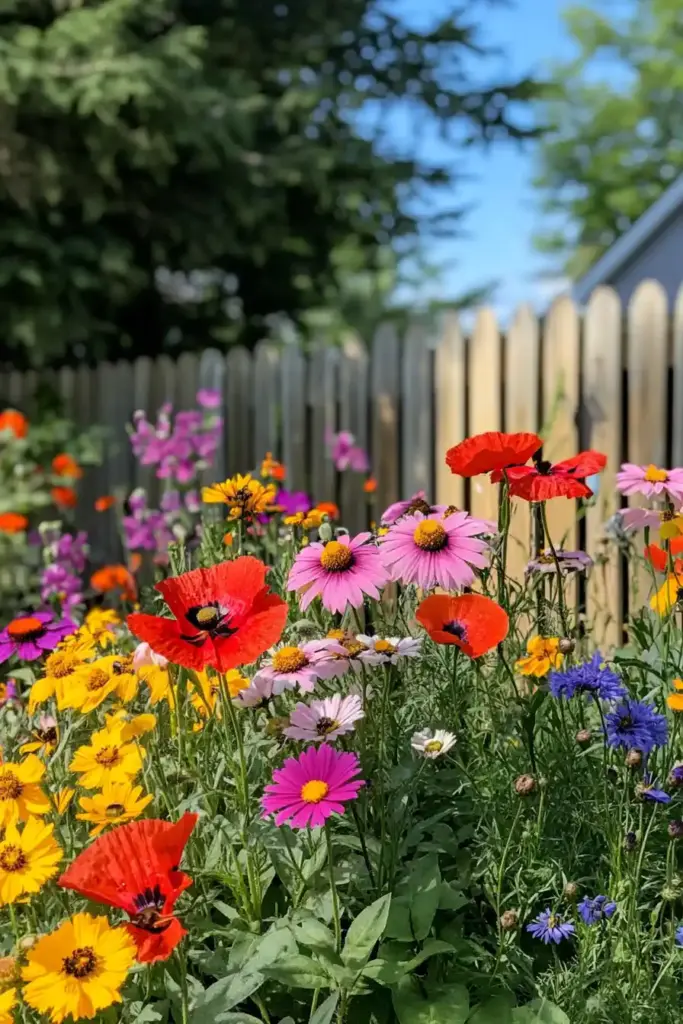
Why Succulents Are the Ultimate Easy-Care Choice
If you’re looking for a garden that’s as stunning as it is low-maintenance, succulents are your new best friends.
These hardy plants store water in their thick, fleshy leaves, making them perfect for dry climates—or for gardeners who sometimes forget to water!
Succulent gardens fit beautifully into many design styles, from minimalist to lush desert landscapes. And with endless shapes, colors, and textures to mix and match, they’re a fantastic creative flower garden idea for anyone who wants serious style with minimal effort.
Best Succulents and Arrangement Tips
Some succulent superstars to consider include:
- Echeveria: Classic rosette shapes in colors from soft blue to vivid pink.
- Sedum: Low-growing varieties perfect for groundcovers and borders.
- Aloe Vera: Practical and striking, especially in larger pots.
- Jade Plant: Easy-care and a symbol of good luck!
🌵 Pro tip: Arrange succulents in odd numbers (like groups of 3 or 5) for a more natural, visually pleasing effect.
Creating a succulent terrarium or a shallow dish garden is also a fun, stylish way to showcase their unique shapes.
Pairing Succulents with Drought-Tolerant Flowers
If you want a little extra color alongside your succulents, mix in drought-tolerant flowers like:
- Zinnias: Bright, bold, and sun-loving.
- Portulaca: A ground-hugging, colorful spreader.
- Mexican Sunflowers: Vibrant and bee-friendly.
Just make sure all your plants have similar light and water needs. Succulents hate soggy soil, so excellent drainage is a must!
Caring for Succulents Through Extreme Weather
While succulents are tough, they do need some special care in extreme conditions:
- In hot summers: Provide a little afternoon shade to prevent sunburn.
- In cold winters: Bring potted succulents indoors if temperatures drop near freezing.
- Always: Avoid overwatering—too much moisture is the fastest way to kill a succulent!
One winter, I left a few succulents outside during a surprise frost—let’s just say it was a tough (and mushy) lesson. A little planning goes a long way to keeping your succulents healthy year-round.
🌼 Frequently Asked Questions (FAQ)
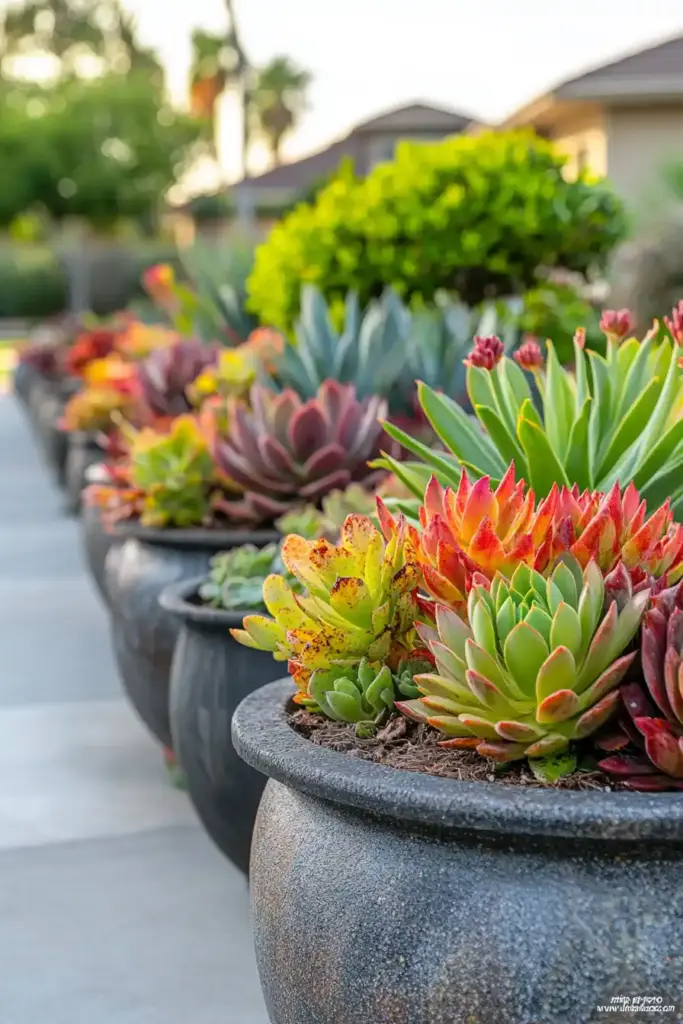
What is the easiest type of flower garden for beginners?
A wildflower garden is one of the easiest options for beginners. Wildflowers are low-maintenance, adapt well to different soils, and attract pollinators without needing constant care. Plus, they create a beautiful, natural look with minimal effort.
How can I make my small garden look bigger with flowers?
Using vertical gardens, container arrangements, and monochromatic color schemes can make a small garden feel larger. Vertical gardening draws the eye upward, while repeating similar colors and textures creates the illusion of more space.
What are the best flowers for a low-maintenance garden?
For a garden that practically takes care of itself, choose flowers like lavender, echinacea (coneflowers), marigolds, and succulents. These plants are drought-tolerant, hardy, and require little watering or fertilizing once established.
How do I create a garden that attracts pollinators?
Plant a variety of pollinator-friendly flowers such as milkweed, sunflowers, bee balm, and lavender. Also, provide shallow water dishes, avoid pesticides, and ensure there are blooms throughout spring, summer, and fall to keep pollinators happy year-round.
Can I create a tropical garden in a colder climate?
Yes, you can! Use container planting so you can move tropical plants indoors during cold months. Select cold-tolerant varieties like hardy bananas or windmill palms, and protect plants with mulch or frost covers when needed.
What flowers bloom at night for a moonlight garden?
Flowers like moonflowers, evening primrose, night phlox, and angel’s trumpet are perfect choices. Pair them with white or silver foliage plants like dusty miller and lamb’s ear to enhance nighttime visibility and beauty.
🌺 Conclusion
There you have it—10 creative flower garden ideas that can transform any space into a colorful, thriving oasis.
Whether you dream of a romantic cottage garden, a wildflower wonderland, or a sleek geometric layout, there’s an idea here to fit your style, space, and skill level.
Remember: the most beautiful gardens aren’t just about following rules—they’re about expressing yourself and enjoying the journey.
Don’t be afraid to experiment, mix different styles, or add your own personal touch. Every bloom you plant is a step closer to creating a space that’s uniquely yours.
Ready to dig in? Start with one idea that excites you most and watch how quickly your garden—and your passion—begins to grow!
🌿 Love gardening inspiration? Follow me on Pinterest for bold plant ideas, tips, and seasonal color!
More Posts
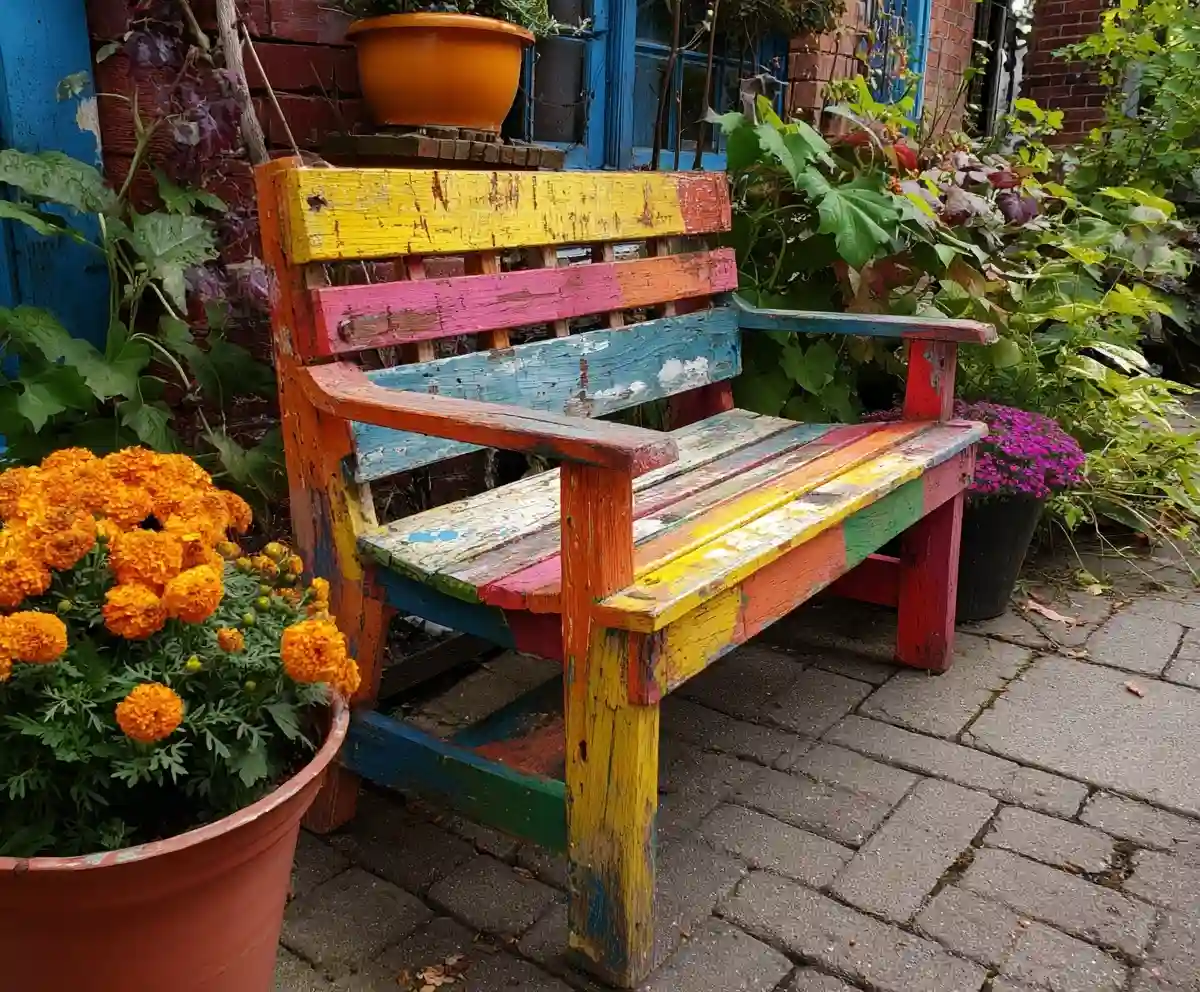
19+ Budget-Friendly Backyard Makeover Ideas
Backyard makeover ideas can turn even the most ordinary outdoor space into a warm, inviting retreat—without draining your wallet.
Read More →
21 Stunning & Simple DIY Clematis Trellis Designs
DIY clematis trellis designs are a beautiful way to blend creativity with function in your garden.
Read More →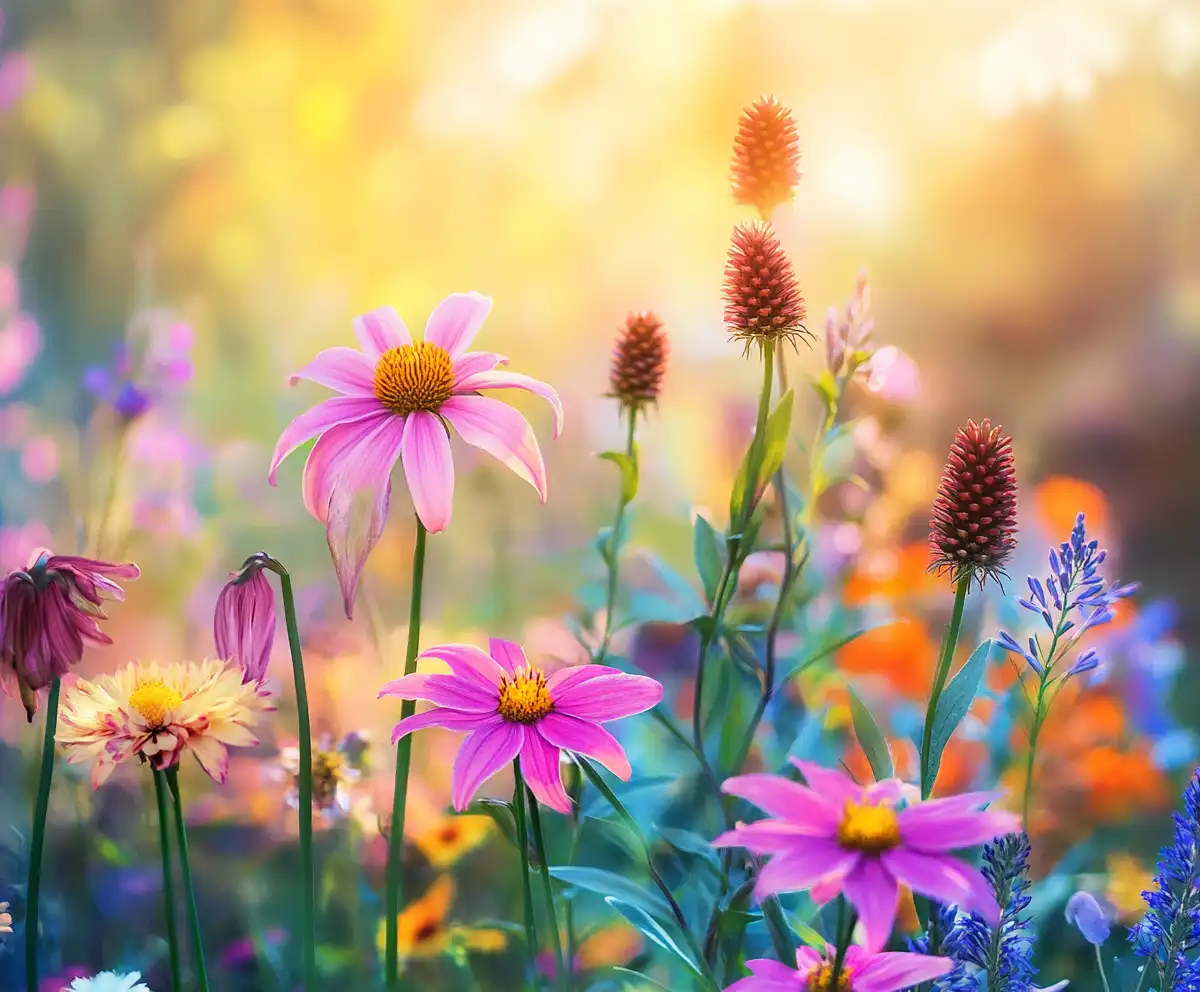
12 Full Sun Perennials That Bloom All Summer
Explore a selection of hardy perennials that flourish and bloom beautifully in full sun throughout the summer.
Read More →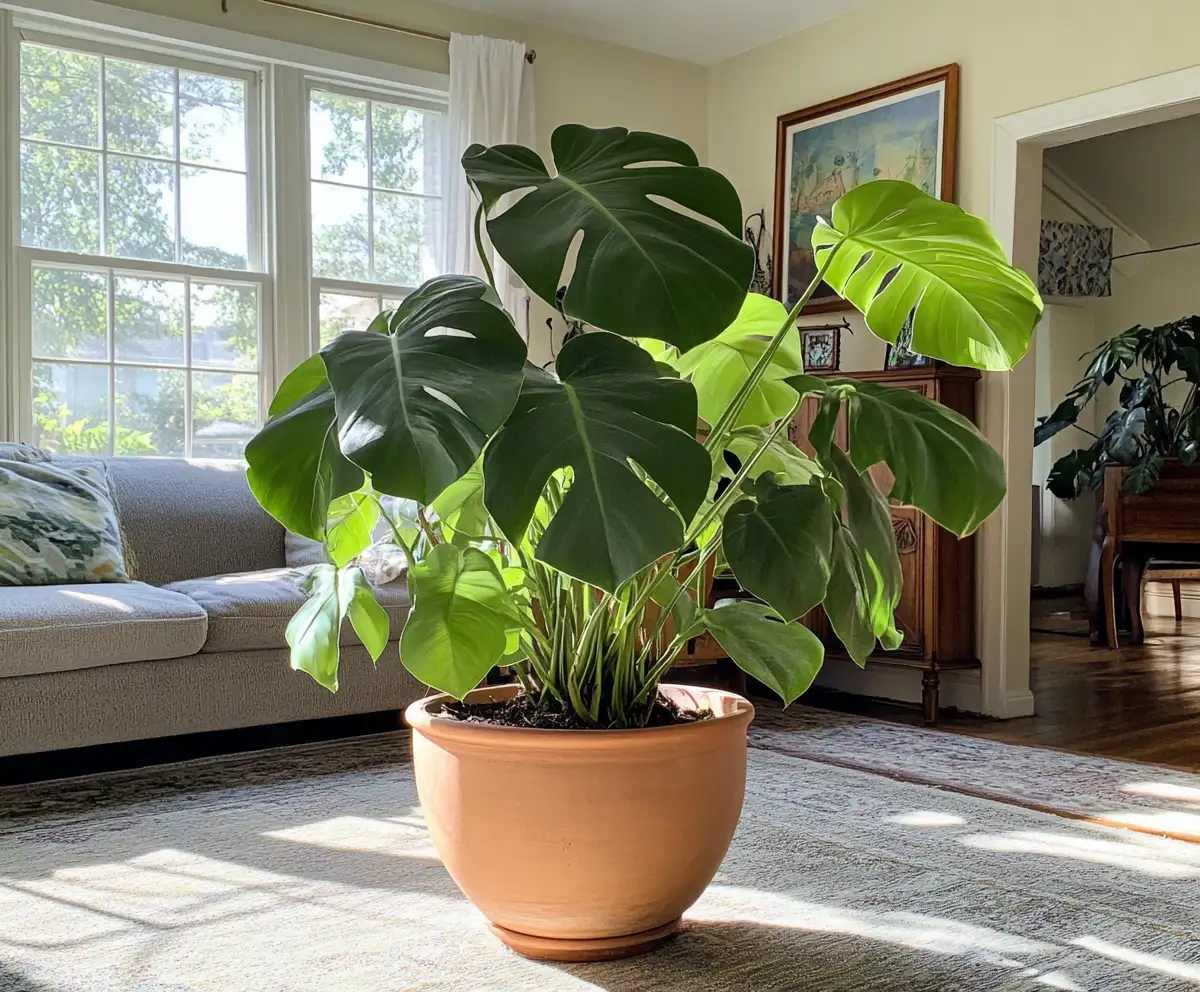
Houseplants for Living Room
Find the perfect houseplants to brighten and purify your living room while adding a touch of nature indoors.
Read More →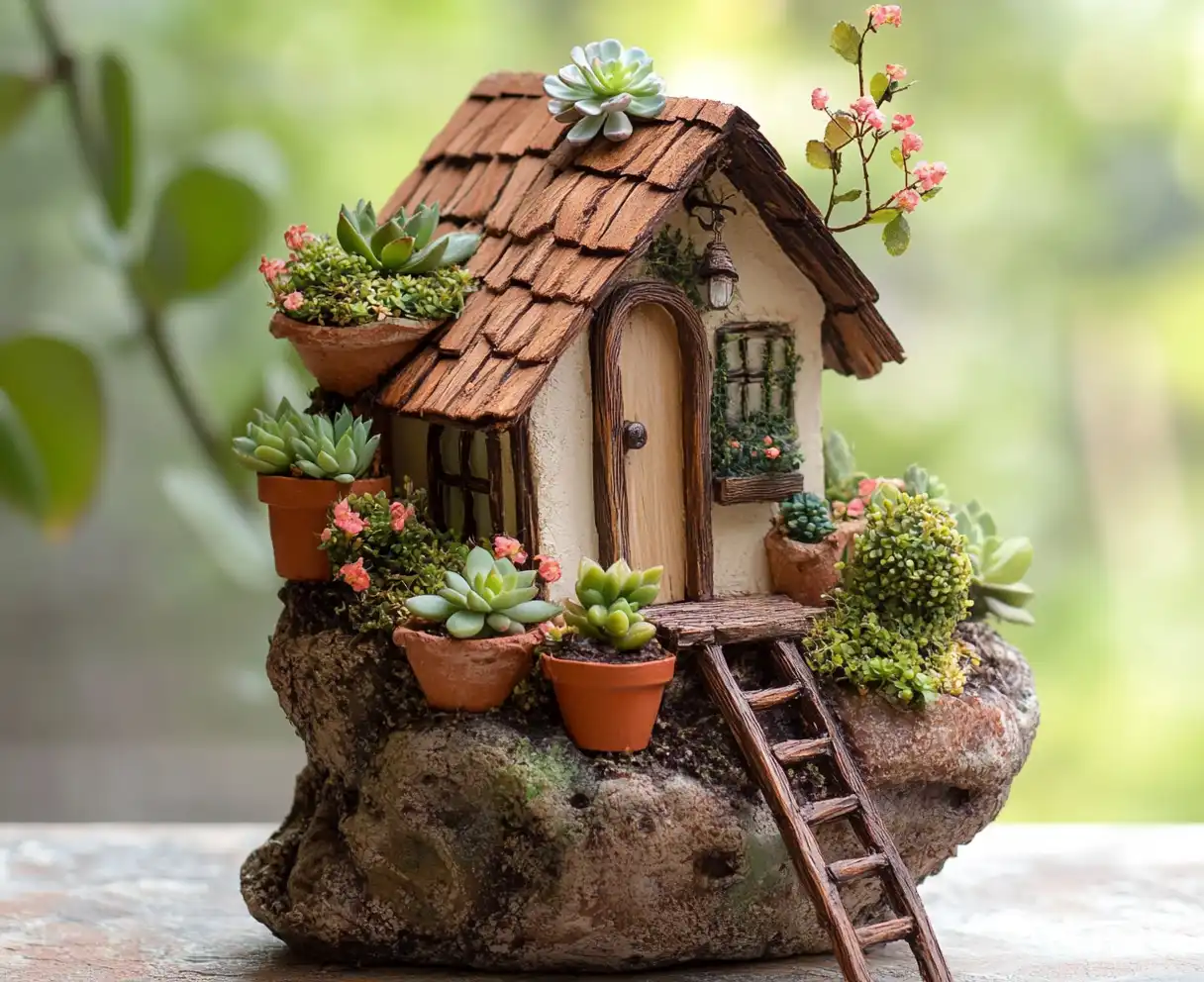
Backyard Play Area for Kids
Create a fun and safe backyard play area for kids with these inspiring design ideas and tips.
Read More →
Top Privacy Trees
Discover top tree varieties that provide natural privacy and enhance your outdoor space.
Read More →
